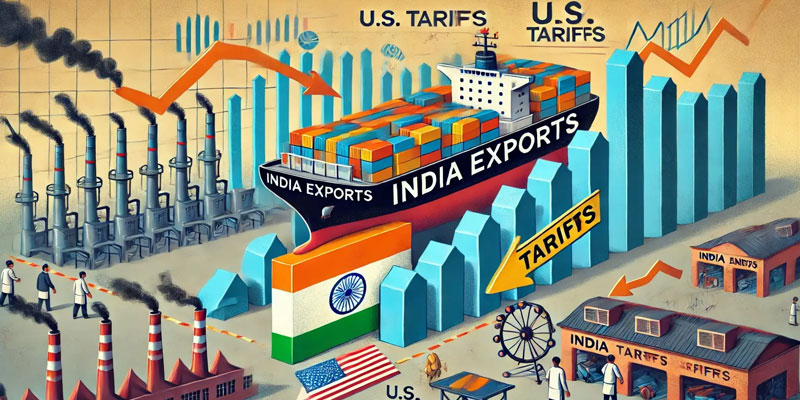Driving Toward a Greener Future
India has set its sights firmly on becoming a global hub for electric vehicles (EVs) as part of its broader climate commitment to reach net zero emissions by 2070. With rising demand for sustainable mobility and growing concern over fossil fuel dependence, the Indian government has been steadily pushing for rapid electrification of its transport sector. The latest move—an application portal under a newly launched incentive scheme—is designed to attract leading global EV manufacturers to set up shop in India while building a stronger domestic ecosystem for electric mobility.
Government Launches EV Application Portal Under New Incentive Scheme
On June 18, the Ministry of Heavy Industries (MHI) officially launched an online application portal under the Scheme to Promote Manufacturing of Electric Passenger Cars in India (SPMEPCI). This portal will remain active until October 21, 2025, allowing international automakers to apply for incentives designed to facilitate local production of electric cars.
Union Minister for Heavy Industries, H.D. Kumaraswamy, hailed the launch as a pivotal step in reshaping India's automotive industry. “The scheme opens new avenues for global electric vehicle manufacturers to invest in India’s rapidly evolving automotive landscape,” Kumaraswamy said. The initiative supports India's twin goals of achieving carbon neutrality and fostering industrial innovation.
Key Features of the Scheme
The SPMEPCI scheme, notified on March 15, 2024, offers a blend of import flexibility and investment obligations:
· Import Incentives: Approved applicants can import electric four-wheelers as Completely Built Units (CBUs) with a minimum CIF (Cost, Insurance, Freight) value of $35,000, at a reduced customs duty of 15% for five years.
· Investment Requirements: To qualify, companies must commit to a minimum investment of ₹4,150 crore (approx. $500 million).
· Domestic Value Addition (DVA): Applicants must meet increasing levels of local value addition throughout the scheme’s tenure.
· Quota Flexibility: Unused import quotas can be carried forward, with total duty benefits capped at ₹6,484 crore or the actual investment made—whichever is lower.
This policy aims to ensure that while cutting-edge global technologies enter India, domestic production is simultaneously nurtured and expanded.
Global Response: Tesla Still on the Fence
Despite much speculation about Tesla’s entry into the Indian market, Union Minister Kumaraswamy confirmed that Elon Musk’s company is not currently interested in establishing a manufacturing base in the country. While Tesla participated in the scheme’s initial stakeholder discussions, it has since refrained from deeper engagement.
“Tesla is more interested in setting up showrooms, not manufacturing units,” Kumaraswamy said, clarifying that the EV giant's interest lies more in sales than in contributing to India’s Make in India agenda.
Balancing Innovation and Self-Reliance
The scheme underscores India’s dual strategy—inviting world-class innovation while gradually building domestic self-reliance. As other global manufacturers assess the policy’s framework, India hopes to position itself as both a massive market and a capable production base for EVs.
Moreover, the country’s broader push—including incentives for EV infrastructure, batteries, and component manufacturing—reflects a comprehensive approach to decarbonizing the transport sector.
A Strategic Leap into the Electric Era
With the launch of the SPMEPCI application portal, India is rolling out the red carpet for global EV makers—but with clear conditions that encourage local investment and value creation. While some big names like Tesla remain hesitant, the scheme could attract a new wave of international automakers keen on tapping into India’s massive market potential.
By creating a balanced ecosystem of imported technology and domestic growth, India is steering confidently toward an electric future—driven by policy, powered by investment, and anchored in sustainability.
(With agency inputs)






















